Slow Pitch Applications
Slow pitch actions are applied by reeling and rod actions just like any other jigging styles. The unique characteristic shows in the moments you hold up the highly resilient rod to kick up the jig. With this, the center-balanced jig swims on its own, or lies on its side and falls. Being in horizontal position and falling is likely to be when fish make bites the most.
You can make all kinds of actions in various ways. You can purposefully change the rod and jig weight balance to make different actions. You can change to a heavier rod with the same jig weight, and then the movement becomes more energetic, faster, bigger to the sides as the heavier rod has more power to whip and give more momentum in jig movements. The same thing happens when you switch to a lighter jig with the same rod. This is what I call “strong action tone.” On the other hand, if the rod is lighter in the relative balance with the jig weight, the movements become, slower, weak, and more simple up and down motions. This is what I call “soft action tone.”
Jig type has got a lot to do with the actions as well. If you categorize the jig type in one line, one end has to be the sliding jig, the kind of jigs that swims well at the whipping action of the rod. The range of motion is wider horizontally. The other end is fall jigs. The jigs that are specialized in falling actions. They don’t usually slide to the side so that motions are more vertical up and down. They just lie on its side at the rod kick-up and soon start falling.
Different actions by reeling and rod actions
How you set it up makes differences as explained above. Now let’s talk about how we make different actions with our application.
The picture shows actions by different reeling.
1/1 crank of reeling per jerk is a basic application. When you reel less, like 1/2, 1/4, 1/8 crank, the jig movement becomes smaller.
Hi-speed lift means consecutive cranks of reeling, usually 3 to 5 cranks, without holding up the rod to kick up. It’s nice to combine some hi-speed lifts occasionally in between slow pitch actions to create change of pace. Hi-speed lift attracts fish. And then the following slow pitch actions are the feed. Invitation for a bite.
Red marks in the picture indicate when the contacts are likely to come.
When you bring down the rod after the whip-up, you may reel the half of the next pitch, and reel the other half as you bring up the rod. This creates actions without falls. (left side)
Or, you may not reel at all while you bring down the rod. You are maximizing the free falls. (right side)
This is a simple example of reeling application. But in reality there’s a lot you can do with the rod actions.
Can you imagine what kind of reeling and rod actions can bring on the movement as in this picture?
If you have no idea, I recommend to watch some video!
Slow Pitch Jigging Video Gallary
It’s important to know what attracts the fish and what invites the bite, and combine them in your actions purposefully.
Changes of pace may trigger the fish to react. It’s also important to connect smoothly each series of actions of different rhythms.
Hope the information helps you! Good luck!
Tags In
Related Posts
4 Comments
Leave a Reply Cancel reply
Categories
- 1. SPJ (57)
- 1-1. Principles (9)
- 1-2. Techniques (11)
- 1-3. Setup (17)
- 1-4. FAQ (19)
- 1-5. Tackles (3)
- 1-6. Video Gallery (2)
- 2. Other Offshore Games (5)
- 3. Fishing Report (105)
- 3-1. Totos (25)
- 3-2. Readers (72)
- 4. Fish Cooking (19)
- 4-1. Iki-Jime (3)
- 4-2. The Art of Sashimi (5)
- 4-3. Recipe (7)
- 4-4. Seasoning (3)
- 5. Fishing Charter (6)
- Fish (12)

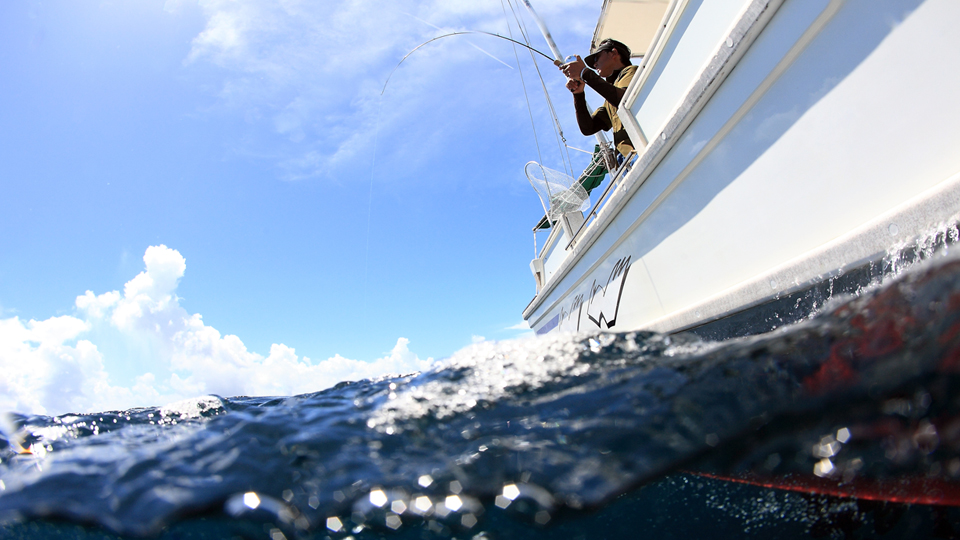
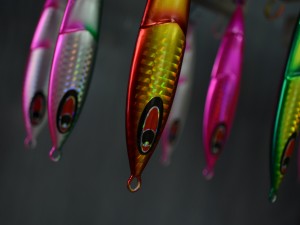
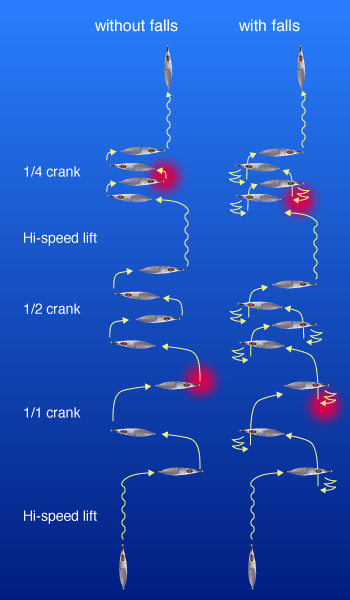
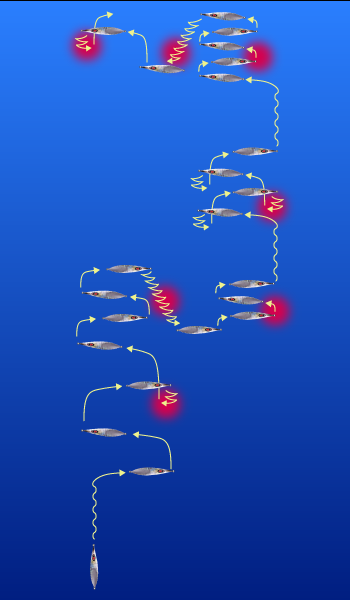

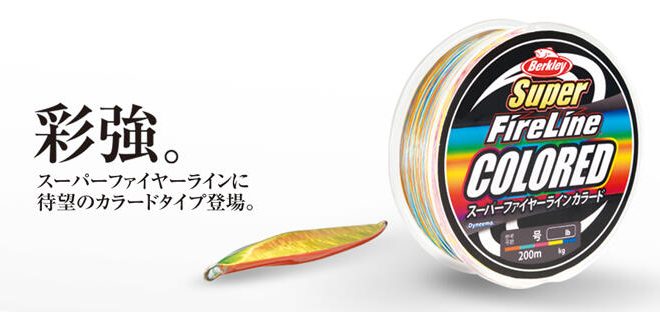
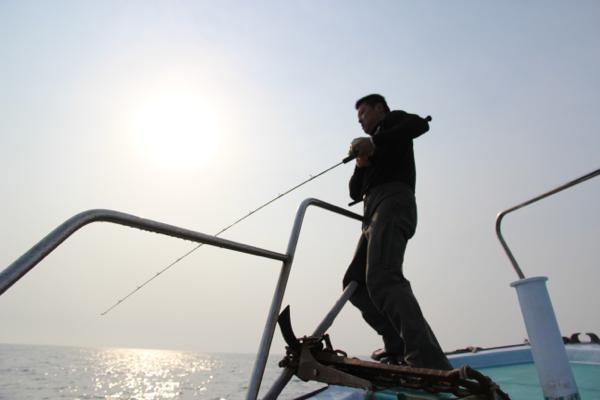
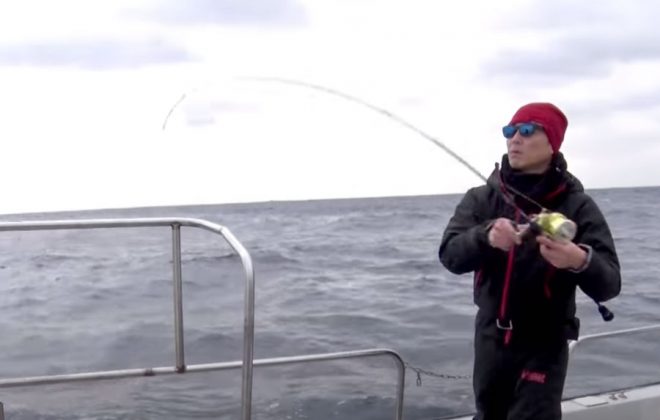
Bravo!
haha but it seems your writing style has changed?
Hi Daniel.
Really? I’m not aware that I changed my writing style. Can you tell me how it’s changed? I’m curious.
I love how much theory is applied to the art and explanation Totos. So much makes sense. Many times if I perform the correct actions to get a strike I can never remember what I just did because I’m too excited about getting the hit.
(I reckon your style has improved with each post because you have so many new and different english communications – good education)
Hi Dan. Thank you for your compliment! So, I guess I’m getting better at it huh? I don’t know what I’m doing differently, but I will keep doing what I’m doing now.
I know exactly how you feel about getting a strike and forgetting what you just did to make that happen. I’m sure you are doing a lot of thinking while fishing, about the fish, the currents, your jig, your reeling and jerking applications, and boat operations too. And everything pops out of your mind when you get the great impact from the bottom of the ocean.
It’s hard to improve without knowing what works and what doesn’t in what situation. Go Pro camera certainly helped my blank mind to realize what really happened.